http://licreddy.com/Content/information/insurancenews_details.asp?NewsCode=4872 LIC Buys Double as Prices Dive 10-Aug-2011 Life Insurance Corp of India, the government's institution of choice to stabilise the stock market whenever it gets wobbly, has more than doubled stock purchases in the past three days as the global debt worry-triggered selloff made valuations attractive. LIC, the country's biggest investor with stakes in L&T, Axis Bank and Grasim, will raise its secondary market purchases this fiscal as IPOs dry up with promoters not keen to sell shares at lower valuations. "We have been buying in the past few days,'' said a LIC executive involved in decisionmaking. "With the market correcting and not many public issues coming up, we would be investing more in secondary market," said the person who did not want to be identified. LIC to Invest . 50k Cr More LIC, which had been buying stocks for an average of . 120 crore in the first four...
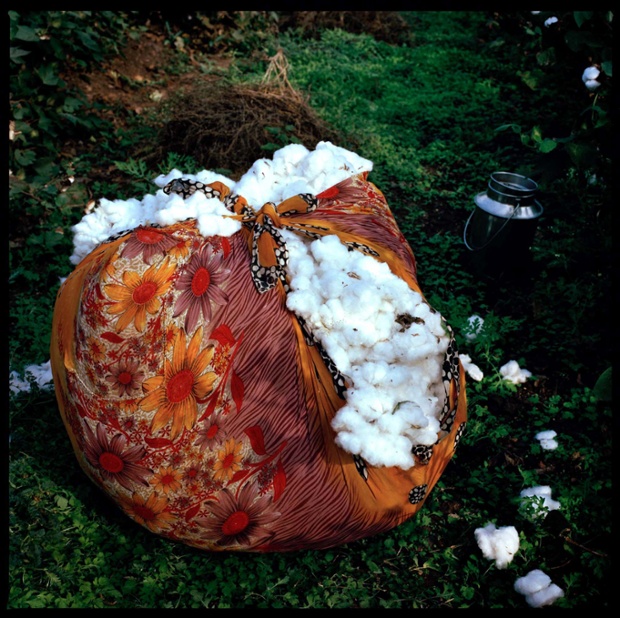
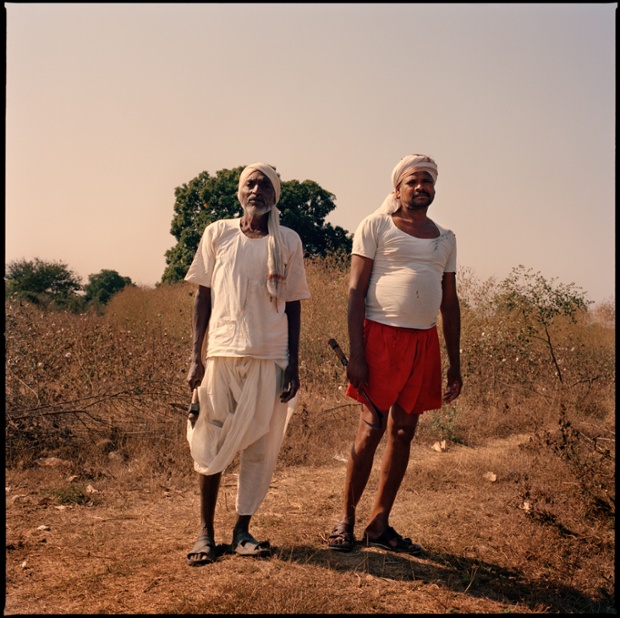
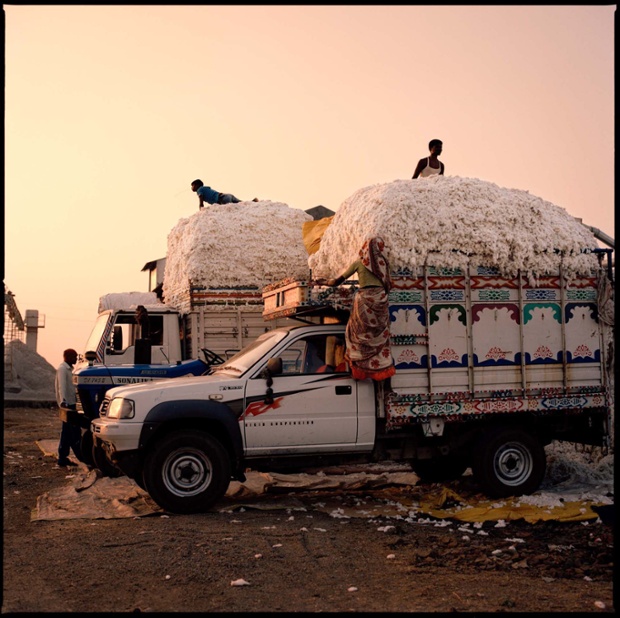
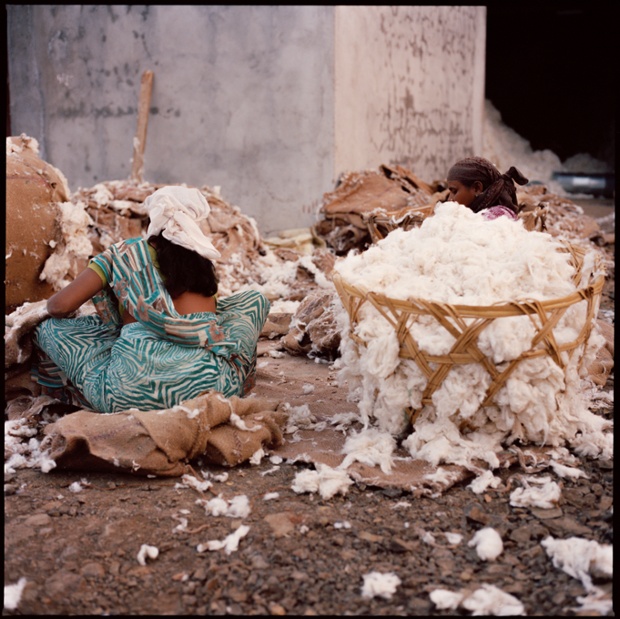
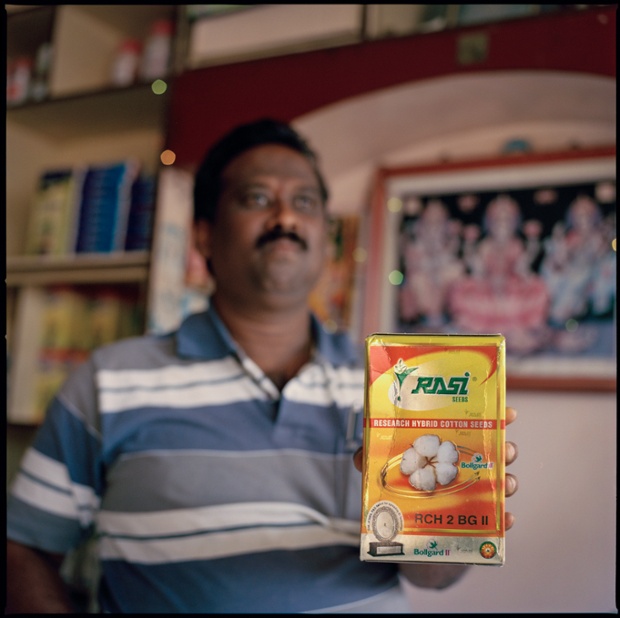
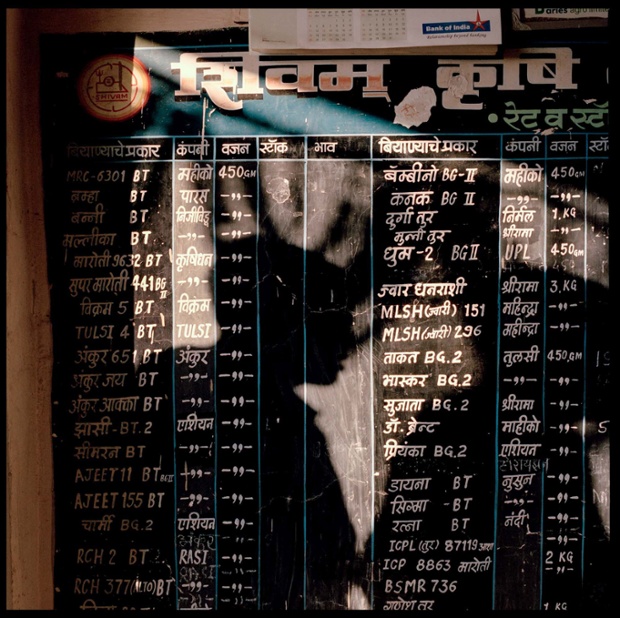
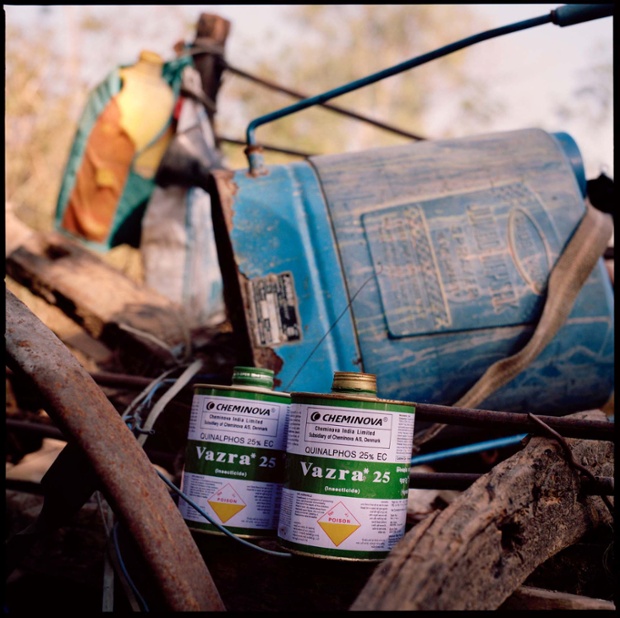
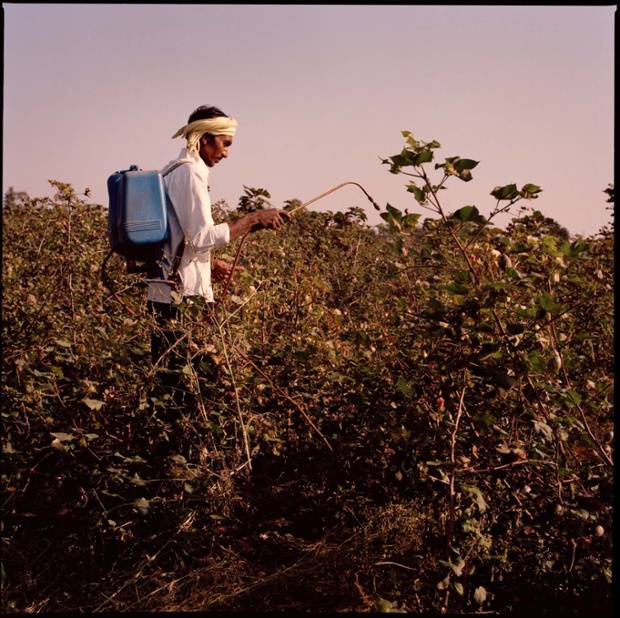
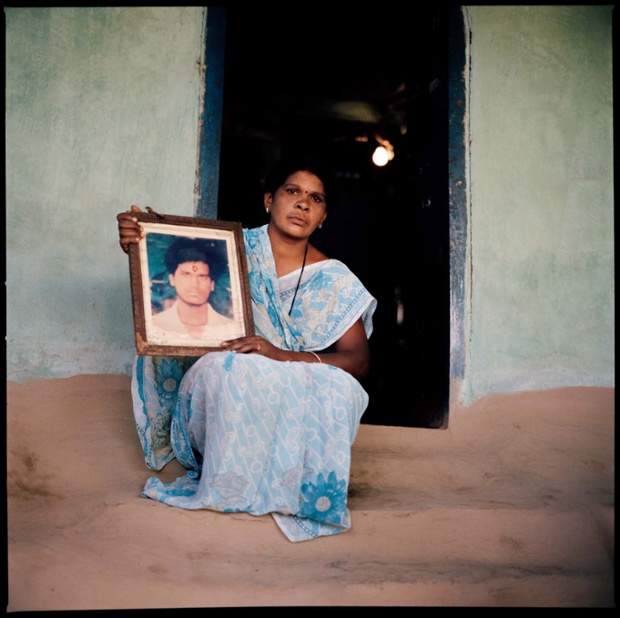
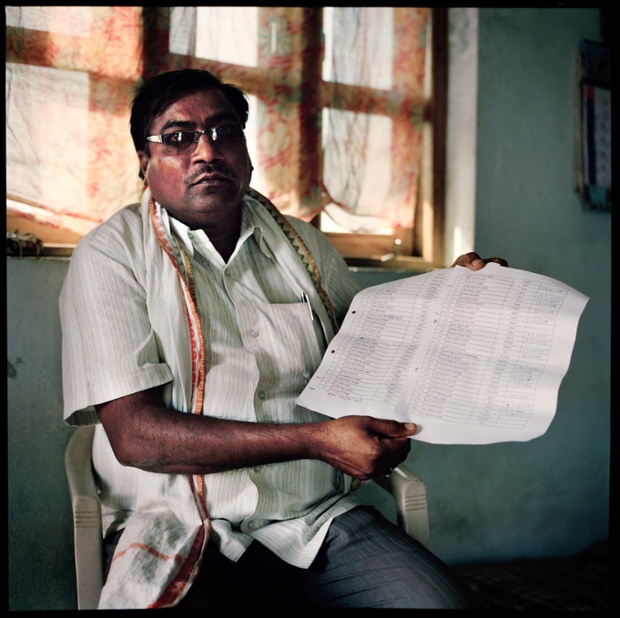
Comments